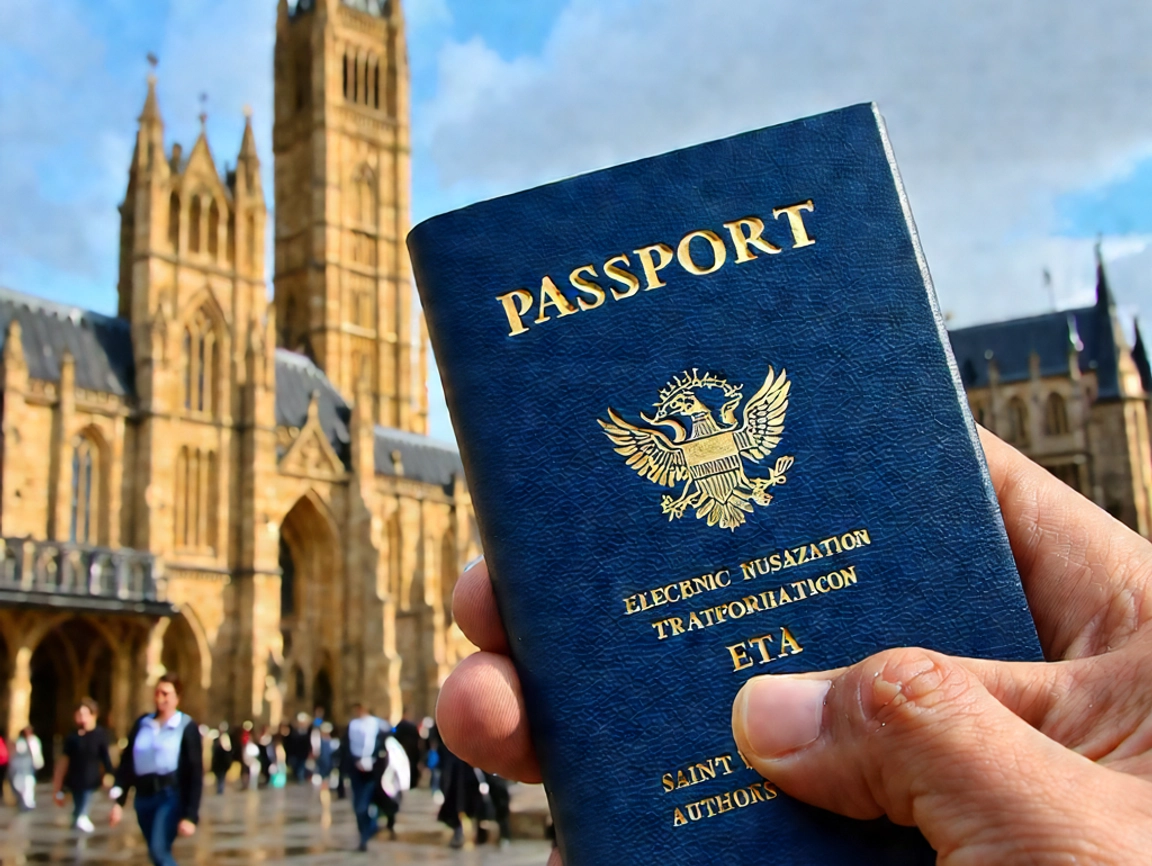Author: Anett Szaszi
Site: https://snorkelaroundtheworld.com
Snorkelling Spots in St Lucia – Where to Go and What to See
Saint Lucia is best known for its spectacular landscape featuring volcanic Pitons, but is less famous for its underwater attractions. The preserved fringing reefs surrounding the island attract rich marine life, offering superb conditions for those who love exploring the ocean’s wonders. If you’d like to observe the colourful aquatic life of the Caribbean Sea, don’t miss out on snorkelling in St Lucia! We will tell you now what spots are worth visiting!
St Lucia snorkelling conditions
Thanks to the region’s tropical climate, there is no wrong time to snorkelling in Saint Lucia, but some months offer more ideal conditions than others. If you are looking for the lowest chance of rain and the best underwater visibility, schedule your trip for the dry season between December and May, with February, March, and April being the driest months.
The rainy season starts in June and runs until November. This doesn’t necessarily mean bad weather all day, so you can consider coming during this period, too, but the rain can affect the water clarity. It is advisable to avoid the hurricane season (July-October).
Like in most of the Caribbean, the northeast trade wind blows regularly most of the year. Therefore, most St Lucia snorkelling spots are on the west side, which is protected from the wind.
Along this coast, around Soufrière, in the Pitons region, and towards Castries, many small bays offer shallow fringing reefs with excellent conditions for snorkelling. Some are accessible from shore, but due to the island’s landscape, many snorkel spots can only be reached by boat.

The sea is warm enough throughout the year for water activities with temperatures between 79-84F/26-29C so there is no need to pack a wetsuit, but don’t forget about UV protection clothing and sunscreen.
Best spots to go snorkelling in St Lucia
Anse Chastanet
Anse Chastanet is the most famous spot for snorkelling in St Lucia, with good reason. The site enjoys the protection of a marine reserve, is suitable for beginners, and is easy to reach from shore. You can also take a boat to get to it on a half-day or full-day excursion from the capital, Castries, or from the nearby town, Soufrière.

You can expect to see a great range of colourful tropical fish at the coral reef that runs along the shoreline, thanks to the area’s protected status. Reef fish are common here (parrotfish, trumpetfish, sergeant majors, trumpetfish, and many more), and sometimes also, hawksbill turtles can be spotted near the reef towards Anse Mamin, where the shallow plateau ends and the shallow seabed drops into a 60ft/18m deep wall.
The site also boasts hard corals, sponges, and gorgonians. Two hotels on the bay mean that you can stay at Anse Chastanet in either the Jade Mountain Resort or the Anse Chastanet Resort to make the most of your St Lucia snorkelling adventure.
Tip: Hawksbill turtles lay their eggs on this beach! If you want to experience the nesting, schedule your trip for July/August, while September- October is the hatching season!
Anse Mamin
Separated only by a 700m long path (10-minute walk) from Anse Chastenet lies Anse Mamin, another fantastic Saint Lucia snorkelling spot! It is a lot quieter with fewer boats around, so it is a recommended beach for those who wish to relax and also for those who seek the best snorkelling in St Lucia since there is an extensive reef on the south end of the beach available from the shore and another one on the north end.
Snorkelling enthusiasts often say that people who say snorkelling in Saint Lucia is not good have never seen the Anse Mamin reef, which is full of lively corals and different kinds of Caribbean fish. And just like at Anse Chastanet, there is a chance to see hawksbill turtles here!
Piton Wall
The Piton Wall is a dramatic wall along the base of Petit Piton that drops down to a few hundred feet deep. Thanks to the constant nutrient-rich currents, it is full of marine life, especially soft corals and feather duster worms, making it a fantastic diving Saint Lucia snorkelling spot.
To snorkel the Piton Wall, you must sign up for a boat trip. It is a drift snorkel trip, meaning you’ll be dropped into the water, the current will take you along the wall, and the boat will pick you up at the end of the reef.
Smugglers Cove
Smugglers Cove is ideal for snorkelling off the beach in St Lucia. You can access this somewhat hidden gem through Cap Maison. A dark sandy beach awaits you with its several pools adjacent to it.
The reef in this larger bay is small but sheltered from the wind. It makes Smugglers Cove a terrific spot for beginning snorkellers, with a max depth of 40ft/12m. Under the clear waters, you will see many tropical fish and other exotic sea creatures. These include octopus, eels, lobster, trumpet fish, and even squid.
Tip: Should you wish to explore this fantastic location, the best is if you stay at Hideaway at Royalton!
Reduit Beach
To the north side of Castries and only a little to the south of Gros Islet lies one of the prettiest beaches of the island that offers visitors beautiful golden sand.
It might not be the most fantastic spot for snorkelling in St Lucia in terms of marine life, but the sandy bottom and calm, clear waters make it a great place for beginners and kids who can enjoy a wide variety of fish while snorkelling at this beach.

Reduit is a rather touristy beach and due to the many boaters, it is a good idea to deploy a diver down surface marker flag. A few restaurants on the beach make it easy to pick up lunch or a beverage. There are also showers and bathrooms at the restaurants. You can also rent umbrellas and chairs here.
Jalousie Plantation Beach (Sugar Beach)
Jalousie Plantation Beach in Pitons Bay is more commonly called Sugar Beach. It lies between the two Pitons on St. Lucia’s southwest. The bay may be small, but it includes a range of natural habitats. Among these are rocky places, sandy shores, and a marine life-rich zone found in the Marine Reserve….
Read the full Post here:
Post: https://snorkelaroundtheworld.com/snorkeling-in-st-lucia/




